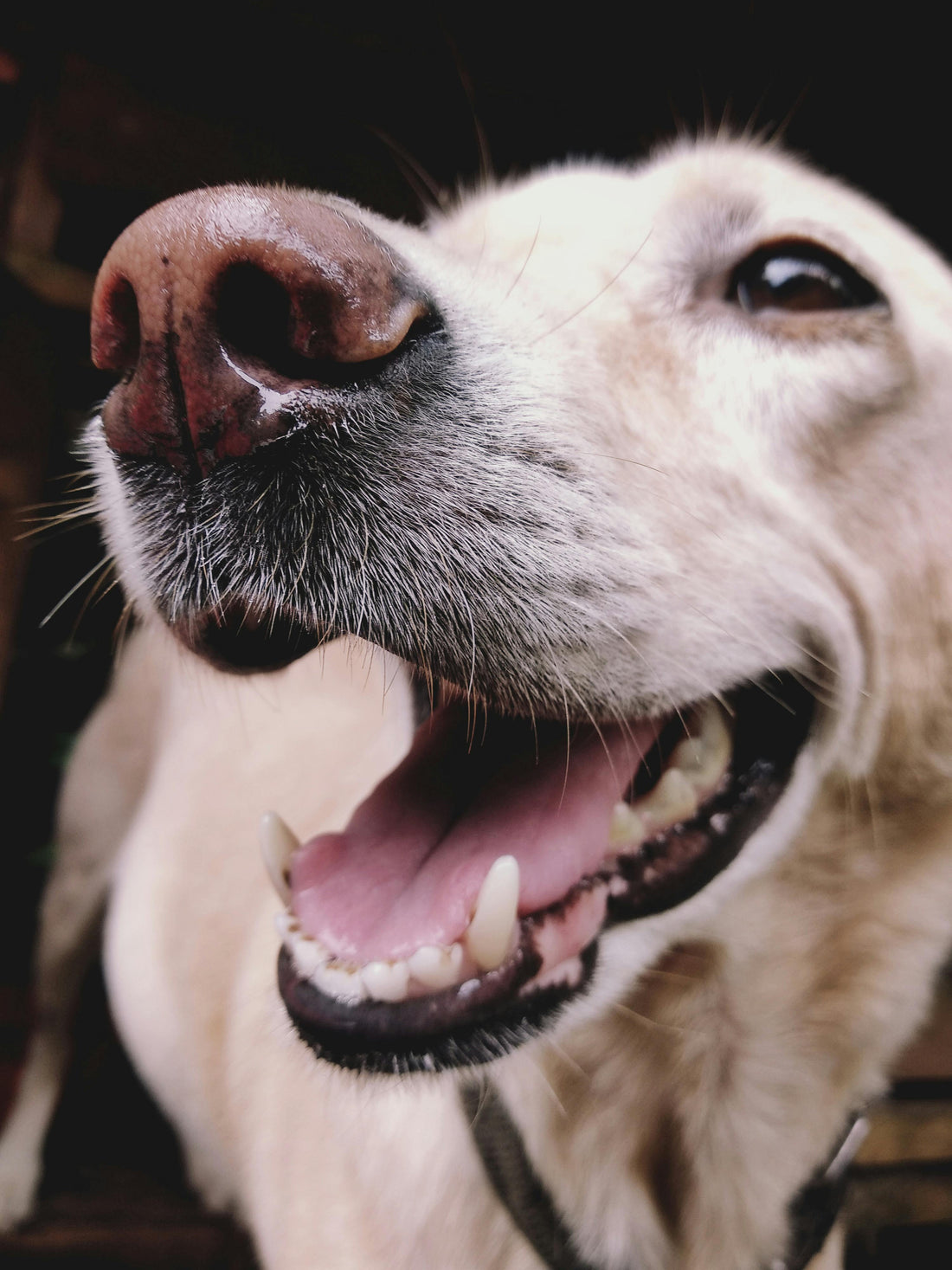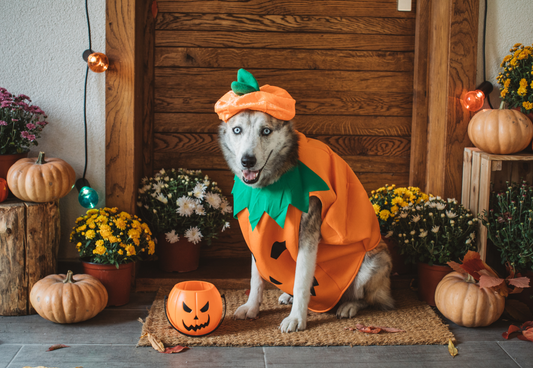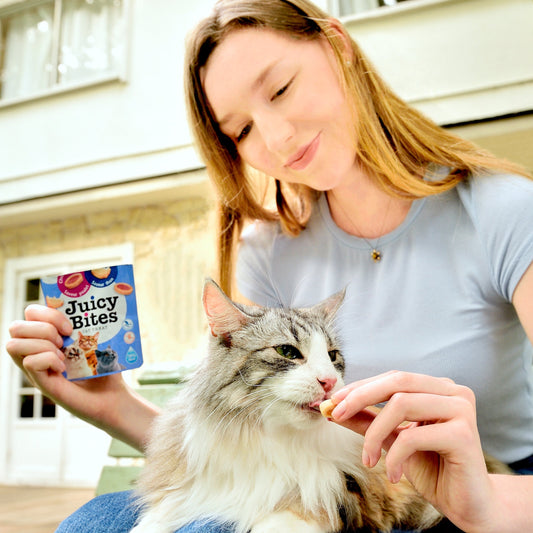Gum disease in dogs is not simply just bad breath or a bit of tartar. It’s a serious health issue that can lead to pain, tooth loss, and even affect your dog’s organs if left untreated. So, what is gum disease in dogs, and how can you spot it before it gets worse?
What Is Gum Disease in Dogs?
Gum disease, also known as periodontal disease, is an infection of the tissues that support your dog’s teeth. It typically starts with plaque buildup, which hardens into tartar and causes inflammation. Over time, this can damage the gums, ligaments, and bone around the teeth.
There are four stages of gum disease, ranging from mild gingivitis to severe periodontal disease. Early intervention can make a big difference, so recognising the signs early is important.
Stages of Periodontal Disease in Dogs
Your dog’s teeth are supported by a combination of jawbone and periodontal ligaments. As gum disease gets worse, those structures start to deteriorate. Eventually, if left untreated, this can cause the teeth to loosen or fall out entirely.
Vets determine the stage of dental disease based on how much of the surrounding bone has been lost. Here's a breakdown:
- Stage 1: Gingivitis – Inflammation of the gums without any bone loss. Gums may look red or slightly swollen, especially near the teeth.
- Stage 2: Early Periodontal Disease – Slight bone loss begins (more than 25%), and tartar build-up becomes more noticeable.
- Stage 3: Moderate Periodontal Disease – Bone loss progresses to between 25% and 50%. You may see gum recession, swelling, or even loose teeth.
- Stage 4: Advanced Periodontal Disease – Severe damage with more than 50% bone loss. Teeth may be very loose or missing, and infection can spread deeper.
How Do I Know If My Dog Has Gum Disease?
You may think, “How do I know if my dog has gum disease?”. Some signs are easy to miss, especially in the early stages. But here’s what to look out for:
- Bad breath (not just the usual dog breath)
- Red or bleeding gums
- Yellow or brown tartar buildup
- Drooling more than usual
- Pawing at the mouth or face
- Reluctance to eat hard food or chew toys
- Loose or missing teeth
If your dog shows any of these symptoms, it’s worth getting a vet to take a closer look.
Dog Gum Disease Treatment Options
When it comes to dog gum disease treatment, the earlier you catch it, the easier it is to treat. Mild cases may be reversible with a professional cleaning and a better at-home routine. For more advanced stages, treatment could include:
- Dental scaling and polishing (usually under anaesthetic)
- Antibiotics to treat infections
- Tooth extractions in severe cases
- Ongoing home care with regular brushing and dental chews
Some dogs with more complex issues like stomatitis may need ongoing treatment plans. Learn more about how to cure stomatitis in dogs and other advanced conditions through your vet.
Prevention Is Better Than Cure
Good dental care can help prevent gum disease from developing in the first place. Here’s what you can do at home:
- Brush your dog’s teeth regularly (ideally daily) with a dog-safe toothpaste. If you’re not sure how, here’s a quick guide on how to brush dog teeth.
- Use dental food toppers, supplements, chews or toys designed to reduce plaque.
- Feed a healthy, balanced diet, including age appropriate raw bones which may help support oral health.
- Schedule regular vet checks and cleans, especially for breeds prone to dental issues.
Adding healthy supplements for dogs that support dental and immune health can also be a good preventative measure, especially for older pets or those on soft diets.
What Dog Gum Disease Looks Like (Pictures of Dog Gingivitis)
Sometimes it helps to see what you’re dealing with. If you’re curious about what gum disease looks like at different stages, check out some dog gum disease pictures online or ask your vet to show you example pictures of dog gingivitis. Red gums, swollen areas, or visible tartar around the teeth are all warning signs.
One condition often confused with gum disease is resorptive lesions, where parts of a tooth start to break down. It’s a painful condition that may need special treatment. You can learn more about resorption in dogs through veterinary dental specialists.
Keep Your Dog’s Smile Healthy
Gum disease in dogs is more common than you might think, but it doesn’t have to be inevitable. A little attention to dental hygiene now can save your dog a lot of discomfort later. If you’re unsure where to start, a vet check is the best first step.
Need more tips on looking after your dog’s health? Explore our guide to healthy supplements for dogs and discover simple ways to keep your pup feeling their best every day.




